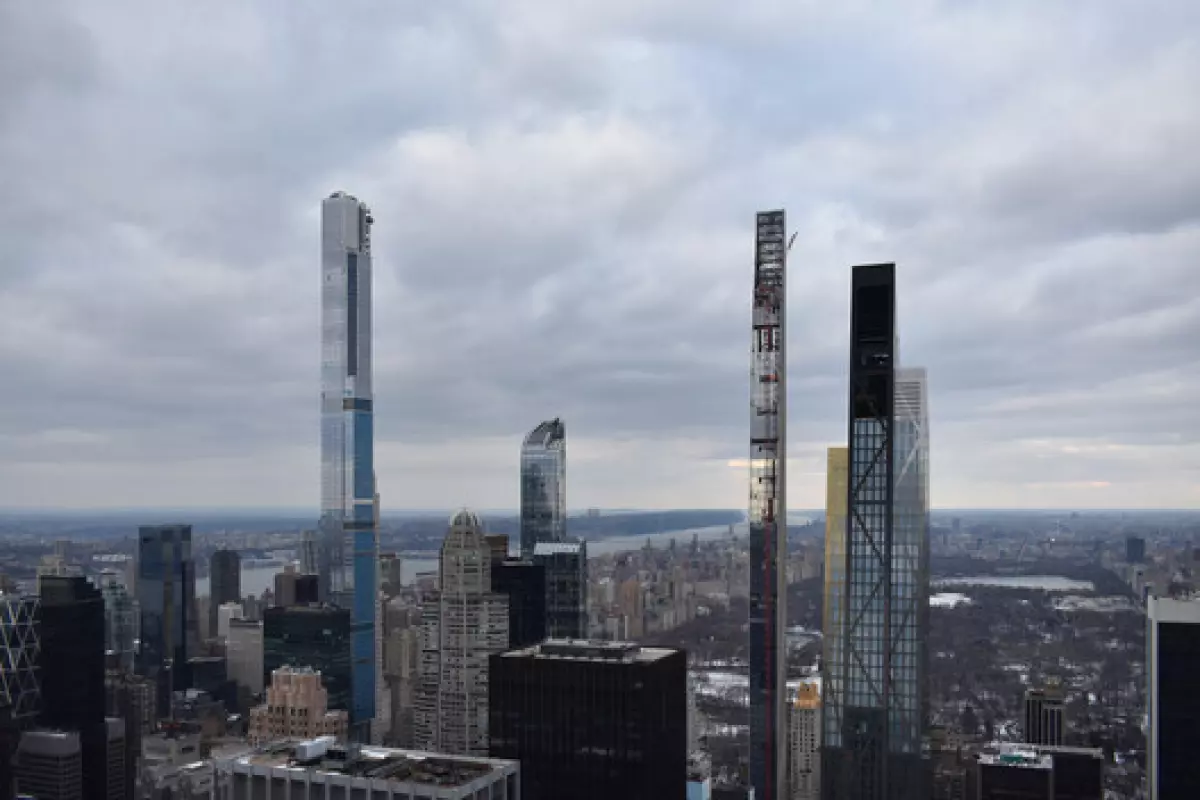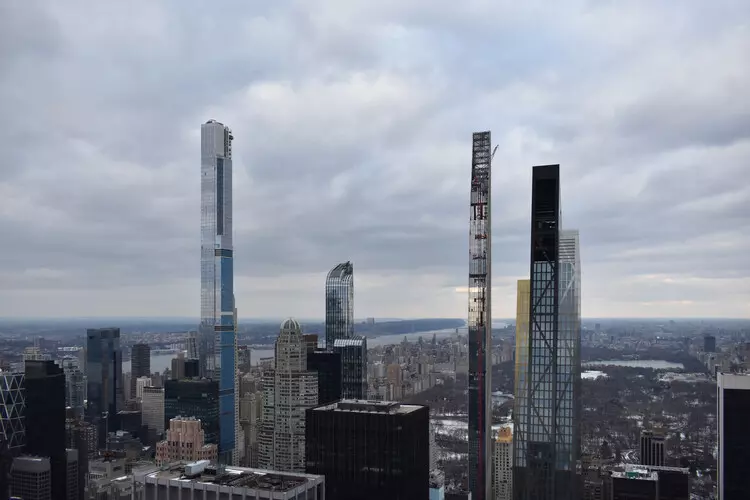 Part of Billionaire's Row and Central Park. Image © Itrytohelp32 via WIkipedia under license CC BY-SA 4.0
Part of Billionaire's Row and Central Park. Image © Itrytohelp32 via WIkipedia under license CC BY-SA 4.0
Architecture is more than just a means of shelter; it is a powerful reflection of our culture and values. From towering skyscrapers to humble homes, every architectural creation tells a story about the time and society in which it was built. Let's delve deeper into the connection between architecture and our values.
The Personalization of the 20th Century
 The changing face of Manhattan. Photo credit: Itrytohelp32 via WIkipedia
The changing face of Manhattan. Photo credit: Itrytohelp32 via WIkipedia
During the 20th century, architects embraced personalization, and iconic structures emerged as symbols of their creators' identities and aspirations. The likes of Rockefeller Center, the Chrysler Building, and the Empire State Building were proud testaments to their architects' vision. These buildings, with their distinct identities, dominated the cityscape, reflecting the personalities behind them. They embodied the spirit of an era that celebrated individuality and ambition.
The Blanding of the Modern World
However, as we entered the 21st century, a shift occurred. The built environment began to lose its individuality, giving rise to a phenomenon known as the "Amazonization" of architecture. In cities like Manhattan, square, anonymous towers now fill the skyline, devoid of any architect's or builder's name. These structures lack personality and meaning, existing solely to maximize profits. They represent a profit-driven system that commodifies space without considering the higher goals of aesthetics and cultural value. This faceless architecture evokes a dystopian image, reminiscent of the cold, impersonal nature of the internet itself.
Building as a Reflection of Values
What we build is a mirror of what we value as a society. In the past, homes were a canvas for architects to express their visions of hope and progress. Frank Lloyd Wright's prairie wonders showcased the American dream of cultural expansion, while Le Corbusier's abstract creations turned aesthetic ideas into physical forms. These architects saw architecture as an opportunity to shape the future and elevate the human experience. However, today's homes have become standardized and devoid of originality. Instead of reflecting our values, they cater to our immediate desires, influenced by trends and impulse buying. The internet age has further commodified architecture, reducing it to a collection of buzzwords and features that can be conveniently added to a virtual shopping cart.
The Loss of Community
Architecture used to play a vital role in building communities. In the 20th century, urban planning aimed to reform neighborhoods and create safe, affordable housing. However, in today's profit-driven housing market, community space has become a casualty. The focus is now on maximizing profits by cramming as many units as possible into the available space. The result is often a lack of public amenities and a soulless urban landscape. This cookie-cutter approach to housing mirrors the sterile and immediate nature of our internet-based lives.
Architectural Innovation and Cultural Reflection
Architects strive to be innovative and forward-thinking, envisioning buildings that embody the values of the future. Yet, whether intentionally or not, every architectural creation reflects the spirit of its time. Patrons express their values through the structures they commission, and cultures create buildings that mirror their collective beliefs. In the end, architecture is a tangible manifestation of who we are as individuals and as a society.
As we move forward, let us remember the importance of architecture as a reflection of our culture and values. Let us embrace diversity, innovation, and a sense of community in the buildings we create. After all, what we build today will become the legacy we leave behind for future generations.









